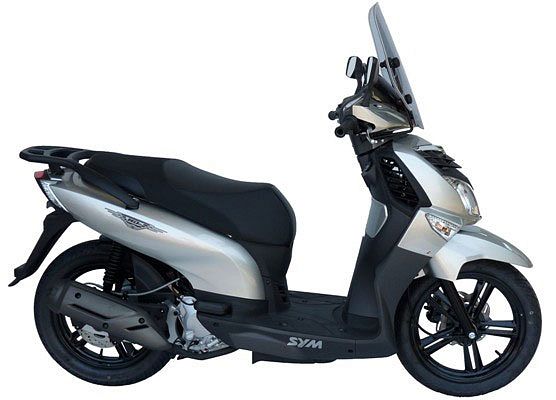
What is actually energy-intensive suspension
When describing certain processes occurring in a car, as a rule, not only beautiful turns of speech are used, but also, at times, phrases that are not very clear to a simple layman. For example, the energy intensity of the suspension. What it is and what it affects, the AvtoVzglyad portal explains in simple words.
Suspension is a connecting element between the wheels of the car and its bearing part. The type and setting of the suspension determines how the car will behave on asphalt, on a country road and off-road. The design of the suspension determines whether it will be equally comfortable on good and bad roads, or whether these characteristics will vary depending on the type of road surface. In the end, the suspension depends on how precise the car is in driving and reckless in driving. In general, as you understand, this is a very important, complex and expensive element of any vehicle that requires attention and proper care.
There are quite a few types of suspensions: torsion bar, spring, leaf spring, double wishbone, multi-link, dependent ... However, in modern cars, three types are most often used: independent MacPherson strut, independent on double wishbones (including multi-links) and, of course, semi-dependent with a twisting beam. However, the design of the suspensions themselves, in order to understand what energy intensity is, is not of interest to us now. But the springs and shock absorbers, which are directly responsible for the comfort of passengers, are our patients.

Let's start with the fact that the springs and the shock absorber are a paired element. That is, one without the other does not work from the word at all, and they are selected taking into account the characteristics of both. Springs, for example, in addition to softening shocks and shocks, determine the ground clearance of the car, and how quickly, in order not to lose control, after a rebound, say, when hitting a convex bump, the wheel will return to the roadway. The softer the spring, the better it absorbs impact energy. However, this process is accompanied by constant fluctuations, which do not fade by themselves, because the roads are not perfectly smooth. And if we are talking about a country road, then on springs alone you won’t go far at all. And here shock absorbers come to the rescue.
The role of shock absorbers is to stabilize the oscillation of the spring, or in other words, to extinguish them. In addition, the shock absorbers “round off” the shocks and shocks of the moving elements of the chassis - suspension, wheels. In general, again about comfort.
So the energy intensity of the suspension is the ability of springs and shock absorbers to absorb and dissipate impact energy. The higher the dynamic energy consumption of these elements, the more comfortable the car behaves on bumps.
As a rule, the SUV suspension is the most energy-intensive. After all, she needs to practice more powerful blows off-road and stay strong. The suspension of a car that lives its life in the city simply does not need such a supply of energy intensity. That is why cars, which seem exceptionally comfortable on the pavement, begin to make terrible sounds when passing speed bumps, roots, uneven asphalt and potholes encountered on a country road.
